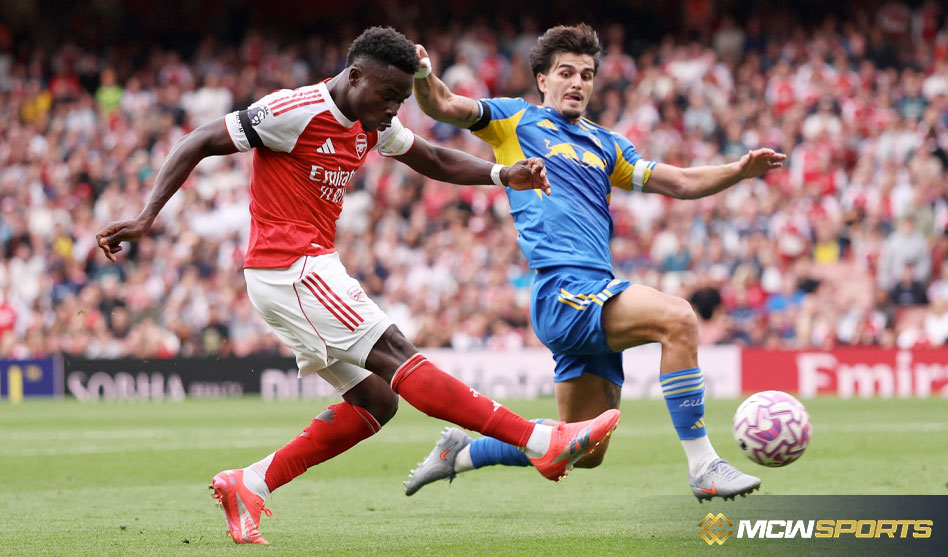SAO PAULO, Brazil – Just like that, as the FIFA World Cup has come to a close, another chapter in the book of football has done so too, sorrowfully. Argentina celebrates victory, and the entire football fandom mourns as the great Pelé of Brazil leaves at a ripe age.
On Thursday, Pelé, a Brazilian soccer legend who set a record by winning three World Cups, died. One of the greatest athletes of the 20th century was Pelé. He was 82.
The “beautiful game’s” best player has been undergoing colon cancer treatment since 2021. He died from multiple organ failure, according to the hospital where he had spent the previous month receiving treatment for the cancer.
Pelé changed everything for the worst. Another prominent soccer player from Brazil, Neymar, made a comment on Instagram on how sport has evolved into art and entertainment. “The King helped Brazil and football acquire fame! He is no longer there, but his charm lives on. Pelé lives on!”
One of soccer’s all-time greats, Pelé spent nearly two decades striking awe amongst spectators and leaving rivals startled and shook as the sport’s leading scorer for Brazilian club Santos and the Brazil national team.
He captivated players and viewers with his grace, athleticism, and impressive moves. He created a rapid, fluid style that changed the way the game was played and personified the grace of his country with samba-like flair.
In a career that started on the streets of Sao Paulo state, where he would kick a sock stuffed with newspapers or rags, he led Brazil to the pinnacles of soccer and matured into a global ambassador for his sport.
When talking about the greatest soccer players, only the late Diego Maradona, Lionel Messi, and Cristiano Ronaldo are ranked with Pelé.
According to a number of different sources, Pelé scored between 650 and 1,281 goals overall.
The guy who would become known as “The King” made his debut as the youngest player ever at the 1958 World Cup in Sweden. Only 17 years old, he. He was carried off the field by his teammates after helping Brazil defeat the host country 5-2 with two goals in the title match.
When Brazil defended its world championship in 1962, he was only able to play in two games due to injury, but Pelé was the face of his nation’s World Cup victory in Mexico in 1970. He scored in the final and set up Carlos Alberto with a nonchalant pass for the last goal in a 4-1 triumph over Italy.
Pelé will always be remembered by soccer fans across the globe for donning a vivid yellow Brazil jersey with the No. 10 printed on the back. With his right hand up, he executed his customary goal celebration leap.
Due to Pelé’s notoriety, the Nigerian civil war was momentarily put on hold in 1967 so that he could play an exhibition game there. He received a knighthood from Queen Elizabeth II of England in 1997. The American president, who was in Washington to promote the game in North America, was the first to extend his hand. The president-elect made a huge show of admiration for Pelé, a legend
“I’m the president of the United States of America, and my name is Ronald Reagan. However, you don’t need to introduce yourself because everyone knows [you] Pelé.”
– Ronald Reagan, American President 1981-1989
Despite his youth and 5-foot-8 frame, he scored goals against adult men with the same ease as he did against friends back home. At the age of 16, he made his club debut in 1956, and the Brazilian team were instantly well-known around the world.
He was given the nickname Pelé because he mispronounced the name of a player with the last name Bilé. It was a mockery that turned into the title of a football legend.
Despite playing as a substitute in the 1958 World Cup, he ultimately had a significant influence on the winning team for his country. His first goal, which he scored by flicking the ball over the head of a defender and running past him to volley it home, is one of the finest in World Cup history.

 English
English










